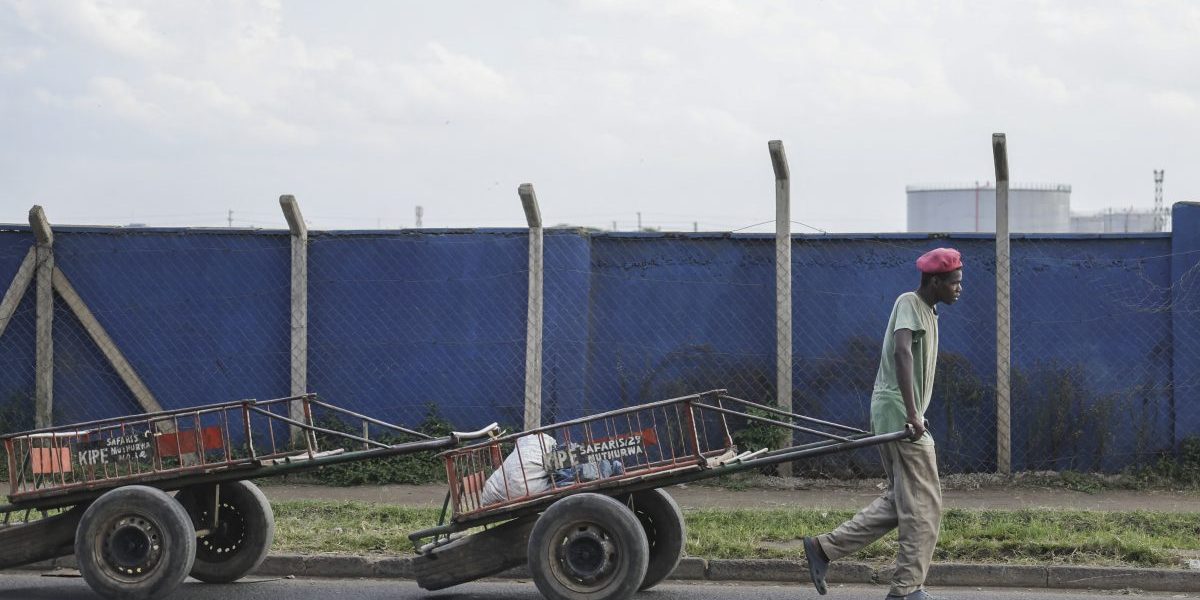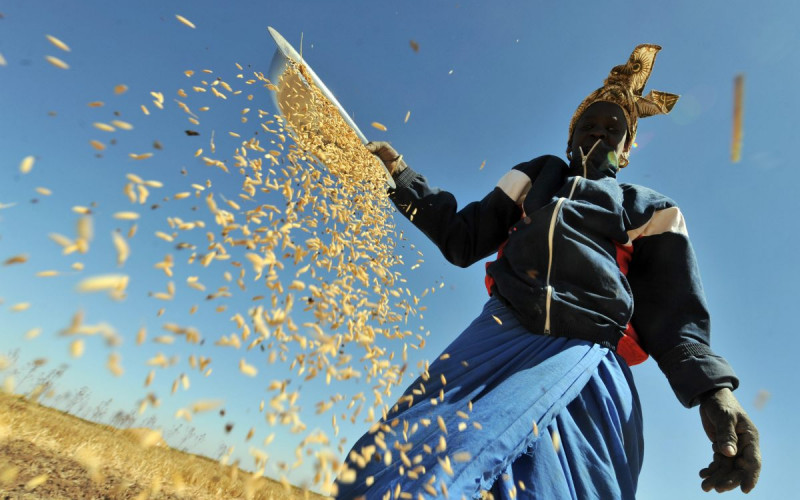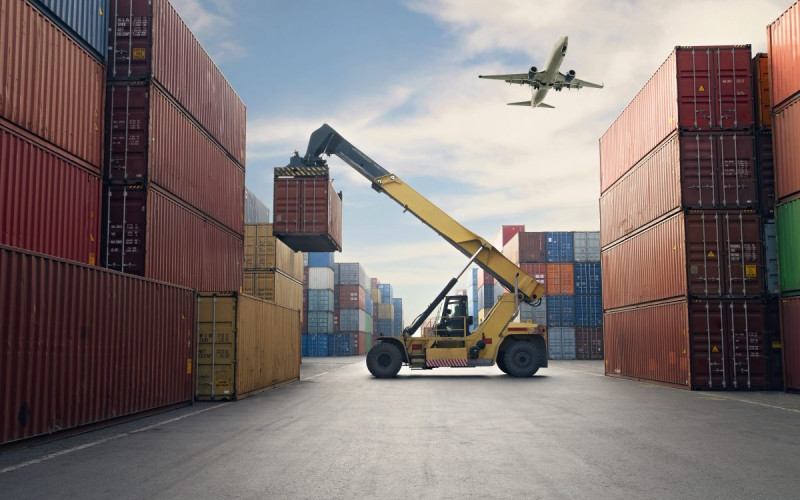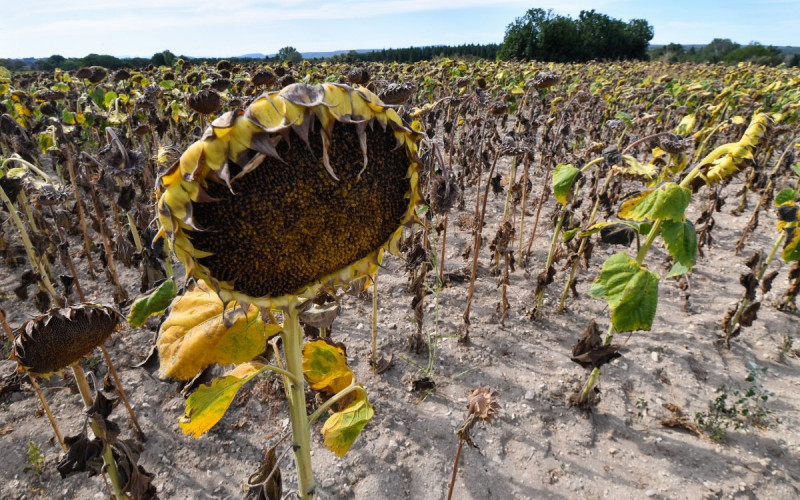Summary:
- Kenya and Tanzania are neighbouring middle-income countries, but Kenya’s economy is larger ($ 118.1 billion compared to Tanzania’s $ 76 billion).
- Both countries are vulnerable to internal and external shocks. Since 2000 these have included frequent floods and droughts; the global financial crisis; the COVID-19 pandemic; and the Russia-Ukraine war.
- The impact of the shocks was different: Kenya went into recession during the financial crisis and COVID-19. Tanzania avoided recession, partly because of reduced links to international financial markets and because no lockdown was imposed during COVID-19.
- Both countries responded to the shocks using prudent monetary and fiscal policies that controlled inflation to target levels of 5%, by imposing interest and exchange control; releasing greater liquidity to the economy; restructuring private credit; and instituting social action provisions for vulnerable populations.
- Key policy options to build resilience in the future include building fiscal capacity by simplifying the tax system; reducing or eliminating ill-designed exemptions and incentives which provide opportunities for corruption; making greater use of smart information management systems; broadening the tax base by plugging tax evasion loopholes and bringing the large informal sector into the tax net; strengthening institutions to build trustworthy, transparent governance structures that have the capacity to manage resources efficiently; formulating, implementing and enforcing sound policies and regulations; and respecting the rules and norms of economic interaction to avoid activities that erode public trust.






